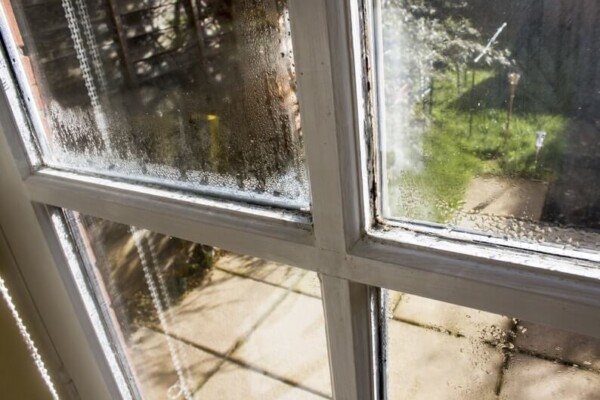
Embarking on do-it-yourself projects can be both fulfilling and rewarding. However, it is crucial to prioritize safety throughout the process. Working with tools requires careful attention to minimize the risk of accidents or injuries. In this article, we will provide essential guidelines for tool safety to ensure a risk-free DIY experience. By following these guidelines, you can create a safe and secure environment that allows you to fully enjoy your DIY projects.

- Personal Protective Equipment (PPE): Always wear appropriate personal protective equipment while using tools. This includes safety goggles, gloves, hearing protection, and, if necessary, respiratory masks. PPE serves as a vital defense against potential hazards, shielding your eyes, hands, ears, and lungs from flying debris, loud noises, and harmful particles.
- Familiarize Yourself with Tools: Before using any tool, take the time to read the manufacturer’s instructions and become familiar with its proper operation. Understand the functions, safety features, and limitations of each tool. If you are unsure about how to use a particular tool, seek guidance from experienced individuals or consult reputable sources to ensure safe usage.
- Maintain Tools in Good Condition: Regularly inspect your tools for any signs of wear, damage, or malfunction. Ensure that blades, cords, handles, and other components are in proper working condition. If you identify any issues, repair or replace the tool before using it. Keeping your tools well-maintained minimizes the risk of accidents and ensures optimal performance.
- Proper Tool Handling: Use tools with a firm grip and maintain control throughout the operation. Avoid distractions and maintain focus on the task at hand. Never operate a tool when you are fatigued, under the influence of substances, or in a hurry. Take your time and work at a comfortable pace to maintain accuracy and prevent accidents.
- Clear Workspace and Good Lighting: Maintain a clean and organized workspace, free from clutter and potential hazards. Adequate lighting is essential to ensure clear visibility of your work area and the tools you are using. Poor lighting can lead to mistakes or accidents. Consider using additional lighting sources, such as task lamps or overhead lights, to enhance visibility.
- Use Tools for Their Intended Purpose: Every tool is designed for specific tasks. Use tools only for their intended purposes and avoid using makeshift or improper tools for a job. Using the right tool for the task enhances safety and efficiency, minimizing the risk of accidents and ensuring accurate results.
- Secure Workpieces: When working with materials, ensure they are securely fastened or clamped in place. This prevents unexpected movement or shifting during the operation, reducing the likelihood of accidents. Properly securing workpieces provides stability and allows you to maintain control over the tool.
- Education and Training: Invest in learning proper techniques and safe usage of tools through educational resources, workshops, or training programs. Acquiring knowledge from experienced individuals or professionals will enhance your skills and understanding of tool safety. Continuous learning and improvement contribute to a safe and risk-free DIY experience.
Tool safety is paramount when engaging in DIY projects. By following essential guidelines such as wearing personal protective equipment, familiarizing yourself with tools, maintaining them properly, handling them with care, ensuring a clear workspace, using tools for their intended purpose, securing workpieces, and investing in education and training, you can create a risk-free environment for your DIY endeavors. Prioritizing safety not only protects you from potential accidents but also allows you to fully enjoy and embrace the satisfaction of your DIY accomplishments.
As an Amazon Associate we earn from qualifying purchases through some links in our articles.




